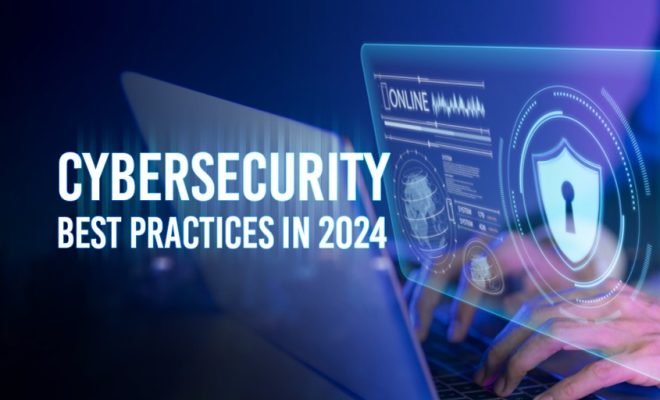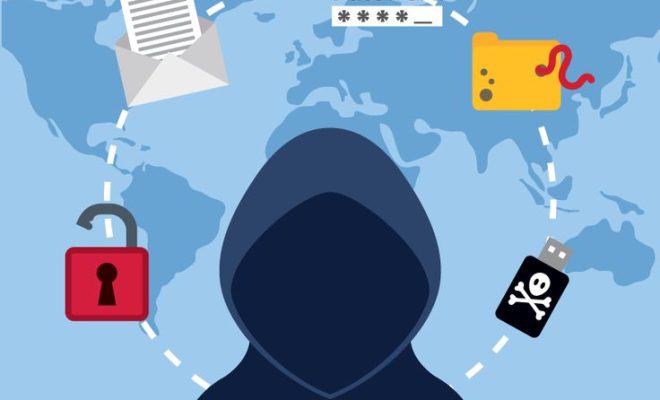Cybersecurity Best Practices To Prevent Cyberattacks In 2024

In an era where our reliance on technology continues to surge, the importance of cybersecurity has never been more pronounced. As we move into 2024, personal and corporate data across the globe remain prime targets for cybercriminals. Preventive measures are not only recommended, they are essential to the health of any digital endeavor.
The following are some of the cybersecurity best practices to prevent cyberattacks in 2024:
1. Embrace a Zero Trust Security Model: The Zero Trust framework operates on the principle that no user or system should be trusted by default, even if they are within the network perimeter. Continuous monitoring and validation of user credentials and privileges are vital.
2. Regular Software Updates and Patch Management: Consistently updating software can be tedious, but it’s one of the most effective ways to safeguard your system against known vulnerabilities, which hackers exploit relentlessly.
3. Multi-Factor Authentication (MFA): Implementing MFA creates additional layers of security beyond just passwords. In 2024, biometrics and behavioral authentication will become even more prevalent as part of MFA.
4. Staff Training and Awareness: Humans often represent the weakest link in the cybersecurity chain. Providing regular training about phishing, social engineering tactics, and safe internet practices is crucial for building a culture of security-minded employees.
5. Use of AI and Machine Learning: AI-driven security systems analyze patterns to detect anomalies that could indicate a cyberattack, offering a proactive approach against potential threats.
6. Regular Backups: Maintaining up-to-date backups can be a saving grace in the event of data loss due to a cyber-incident.
7. Incident Response Planning: Having a well-defined incident response plan ensures that your organization can quickly respond to security breaches and minimize damage.
8. Secure Configuration: Ensuring that all systems are securely configured and regularly scanned for vulnerabilities should form part of routine cybersecurity checks.
9. Data Encryption: Encrypt sensitive data at rest and in transit to protect it from unauthorized access regardless of where it resides or how it is transmitted.
10. Limit Privilege Access: Implementing least privilege access policies ensures users have access only to the resources they need for their job function.
As criminal tactics evolve, so must our defenses. Staying ahead of potential threats through informed and evolving practices is paramount for cybersecurity in 2024 and beyond.





